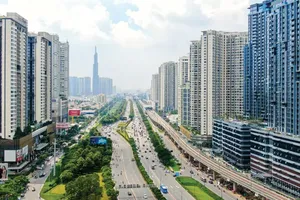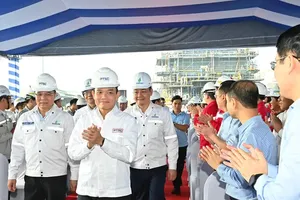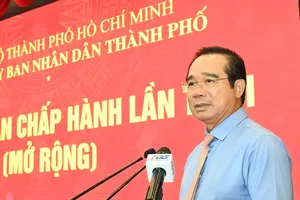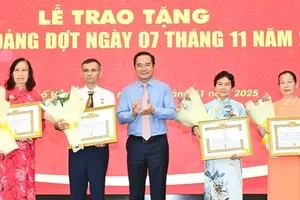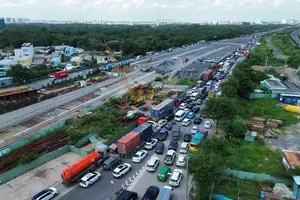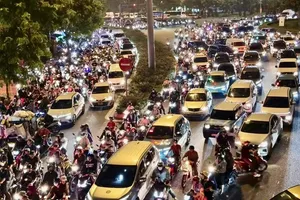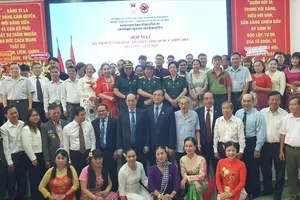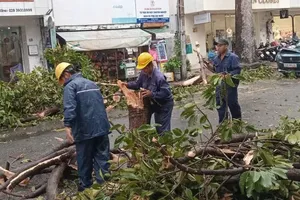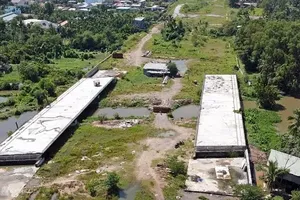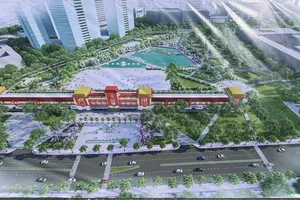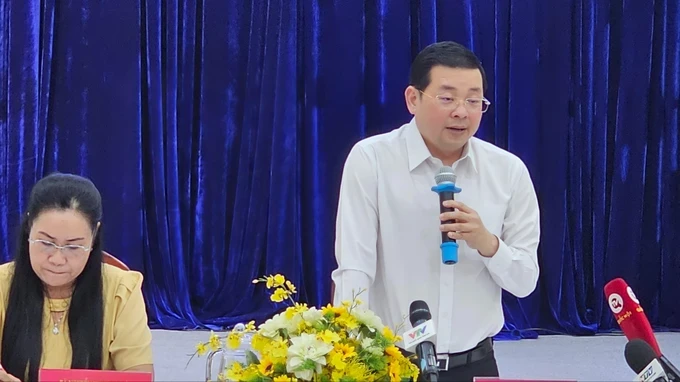
This is the agreement of many experts joining in yesterday’s formal discussion about the draft Decision to replace Decision No.02/2020/QD-UBND, issued by the HCMC People’s Committee on January 16, 2020.
Vice Chairwoman Nguyen Thi Kim Thuy of the Vietnam Fatherland Front – HCMC presented several inadequacies of the current land price list according to Decision 02/2020, which means it is unsuitable for the practical situation in the city.
Specifically, the current land price rates are not reflective of market prices, and thus have a narrow scope of application (limited to eight administrative procedures related to land), and are subject to lengthy five-year review cycles, making it difficult to keep pace with market fluctuations. Moreover, the absence of resettlement land values has hindered timely disbursement of public investment for key projects and infrastructure.
The Vice Chairwoman hopes that the new land price list can facilitate compensation and site clearance for numerous city projects such as the Ring Road 3, Xuyen Tam Canal, and Doi Canal ones. She believes that the new market-based valuations will be more readily accepted by the public as compensation and support packages will increase. Consequently, key projects funded by public budgets will be completed on schedule without delays.
Additionally, the implementation of the new land price rates is expected to stabilize and stimulate the city's socio-economic development while ensuring greater transparency in the market. It is also anticipated to address the shortcomings of the current valuation and ensure fairness in the fulfillment of land-related financial obligations for citizens.
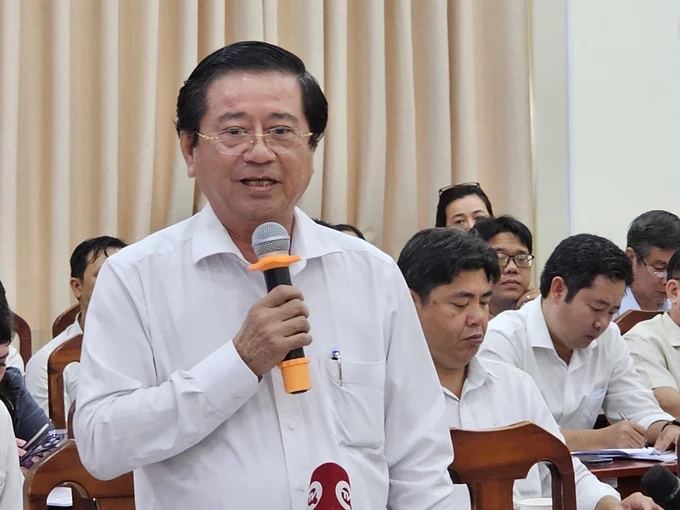
In his comments, Deputy Head Nguyen Van Hau of the HCMC Bar Association argued that the draft's provisions are not entirely aligned with the current situation and could impose significant financial burdens, particularly on residents.
He cited the high demand for land use conversion from agricultural to residential purposes in rural districts, where many families have been unable to afford such conversions for generations. For instance, in 2024, hundreds of hectares of agricultural land in Hoc Mon District were registered for land use purpose transformation to residential one. The situation is the same in Binh Chanh District.
Another example to highlight the potential negative impacts on residents, especially those living in suburban areas and regions with ongoing development projects, is District 4. The current land price rate on Ben Van Don Street (from Dua Bridge to Nguyen Tat Thanh Street) is VND24 million/m2 (US$955), but the proposed one is 10 times higher, reaching VND271.2 million ($10,800). This leads to a corresponding rise in land-related financial responsibilities to dwellers living on that street, which might be unaffordable to a number of them.
He warned that such rapid and significant increases could lead to negative market reactions, as landowners may delay selling in anticipation of further price hikes. Furthermore, when land prices increase, input costs will also rise, directly affecting investment efficiency and project implementation. Excessively high input costs will stifle business investment, discouraging companies and investors from undertaking new projects.
These factors may deter investors or lead them to seek out more affordable markets or segments. Although rising land prices have some positive impacts, such as providing more adequate compensation, support, and resettlement for people whose land is acquired, increasing government revenue from land, and addressing land rent disparities, the increased costs of compensation and land clearance associated with higher land valuations will raise overall investment costs for both public and private projects.
This, in turn, will increase input costs, putting upward pressure on housing prices, rental rates, and land lease rates in industrial zones and commercial service and tourism investment projects, potentially leading to higher commodity prices and negatively impacting social housing projects implemented through land use transfer agreements.
It is also worth noting that increased land lease rates in industrial zones could reduce the competitiveness of the economy in attracting foreign direct investment, especially in the current context of intense competition among countries to attract foreign capital.
Having said that, meeting participants voiced their recommendations to ensure that the new land valuation is suitable for local conditions and to facilitate and protect the legitimate rights and interests of the people.
A comprehensive impact assessment is necessary as the new land price list will affect various groups, particularly the socio-economic life of the people. It is essential to gather additional input from the public and political, social, and professional organizations to determine the optimal valuation that ensures a balance of interests among the state, land users, and investors.
Agreeing with this view, lawyer Truong Thi Hoa suggested that while the regulation on increasing land prices is clear and necessary, it is important to determine the most appropriate increase. To ensure legal compliance, Hoa recommended that the HCMC People's Council approve the increase. A thorough investigation, however, should also be conducted to listen to the opinions of people and businesses affected by the increase.
Deputy Chief Inspector Tran Dinh Du of HCMC argued that given the current situation, increasing land prices is not necessary as stipulated by law and that the current land price rates should be applied until December 31, 2025. During this period, thorough surveys should be conducted to develop an accurate land price list.
Director Nguyen Toan Thang of the HCMC Department of Natural Resources and Environment stated that the draft of the new land price list was developed through careful surveys. While its implementation will have many positive aspects, some areas may need improvement. However, after this meeting, the Department of Natural Resources and Environment will consolidate all feedback and work with relevant agencies to advise the city leadership on making a timely decision.

